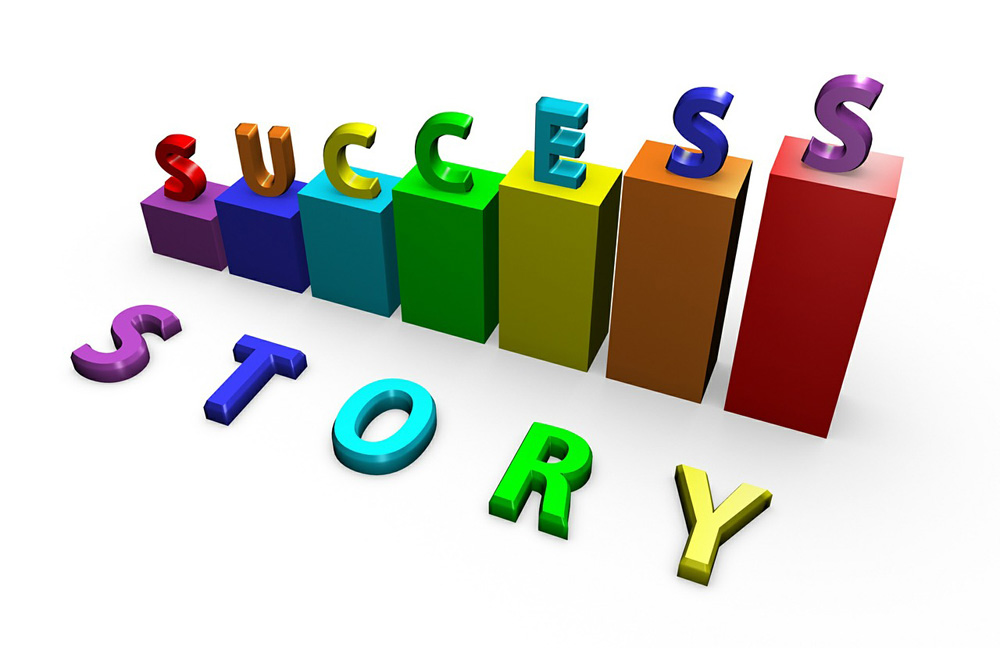The “how to” of developing a success story requires the researcher or field staff (those most familiar with the anecdotal stories of beneficiaries) to ask the right questions, questions that will result in a gripping and accurate account, through the eyes of an individual or several individuals, of positive project impact. The key questions and steps are as follows.
- Selecting a Positive Project Impact (the story topic)
This first step focuses on the generalized impact or success. Rather than being about one individual, it is about an impact that has been experienced by a substantial number of the beneficiaries. It is important not to develop a success story out of an experience that was felt by only one or two beneficiaries. Choose one or two indicators from the Indicator Performance Tracking Table (IPTT) with the best positive results. Alternatively, identify one or two ways that beneficiaries are successfully minimizing or responding to risks. In today’s climate of HIV/AIDS there may be some important project results regarding assistance provided to HIV/AIDS-affected households that would make useful success stories. Another type of success story to consider is how beneficiaries exceeded or met expectations even when there were program constraints. Indirect achievements or those not anticipated by the project should also be considered.
2. Obtaining the Descriptive Details of the Impact.
Who participated in the achievement of the results? Where were they located (including country)? Was a group involved such as a farmer field school or mothers attending a Hearth session? Assemble a group of participants from which to gather more information relevant to the observed positive impact; if the result was due to individual efforts, assemble a group of concerned individuals.
3. Key Questions for the Group Impacted.
Lead the group to answer the following questions. 1. What did they do? 2. How did they do it? 3. How long did it take? 4. What did it cost? 5. What were the results?
4. Drafting the Anecdotal Story of One that Represents the Project Impact to Many.
Prepare the success story using the responses to the questions. Choose the experience of one of the participants to illustrate what happened. If appropriate fill in details specific to that individual. If the participants in the focus group were speaking confidentially, give the individual in the story an assumed name. The story should be a minimum of 300 words and a maximum of 900 words (2 pages). See the template below in Section IV.
5. Collect Captivating Photos to Represent the Story.
Are there any pictures available to illustrate the success story? Can the field team provide photos from other field visits or can the team conducting the interview for the success story take photos on site that would be useful? Step 6: Use of the Completed Success Story. Put the success story into a text box in the body of the Cooperating Sponsor Results Report following the indicator to which it pertains. If there is no indicator concerned, the success story can be inserted into an annex to the report. If the success stories are going to make the text too long, consider taking them out of the main text and creating an annex of all the success stories.


Hi everyone, it’s my first visit at this website, and article iis genuinely fruitful in favor of me,
keep up possting these content.
https://www.damondnollan.com/p/contact-me.html?showComment=1611301621066
Good value Essy Composing Support 24\7,Personalized Admidsions Essay 2014 Ordering a paper for reasonable.
best writing services
best writing services https://www.tabletennisdaily.com/forum/member.php?94500-danaobrien1999
Hi, I do believe this is a great web site. I stumbledupon it 😉 I may return once again since i have book marked it. Money and freedom is the greatest way to change, may you be rich and continue to guide others.